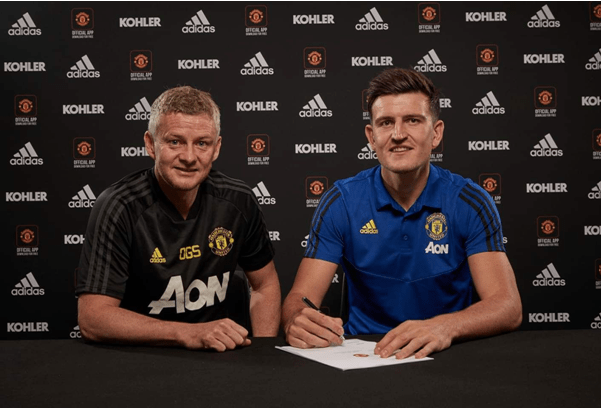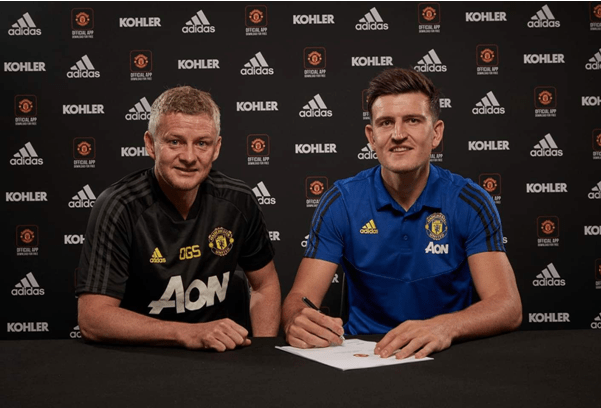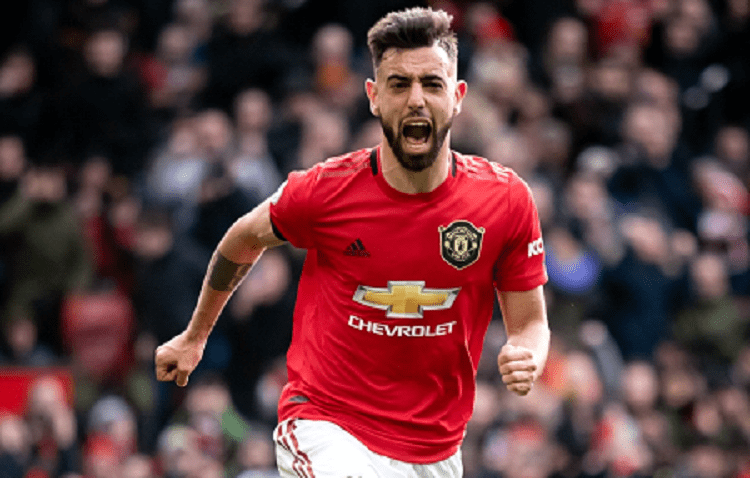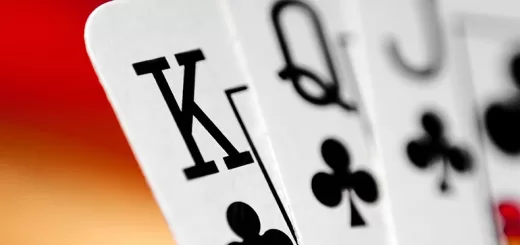Solskjaer And The Quest For Balance At Old Trafford; Checkout

There is an interesting statistic about iconic starting line-ups that makes you question your perceptions about football. Namely, it is that those great teams we perceive as being the strongest embodiments of a club in a place and time may have rarely played together at all. Consider Manchester United’s treble-winning team of 1999. The ‘classic’, and undoubtedly strongest, the line-up was: Schmeichel, Neville, Stam, Johnsen, Irwin, Beckham, Scholes, Keane, Giggs, Yorke, and Cole.

United fans can recite that starting XI in their sleep, and the teamsheet often pops up in those pointless debates comparing current Premier League teams, like City and Liverpool, to those of the past. But here’s the rub: That United XI rarely played together; just twice, in fact – a league game against Coventry and the Champions League quarter-final against Inter Milan. This is not something exclusive to United either; many great starting line-ups rarely play together – it’s all in our heads.
And so, we come to the United of today and the manager Ole Gunnar Solskjaer. Not only is unclear who should be in his best eleven, but it’s also not apparent how they should play. Pundits have repeatedly talked about a need for balance in this United line-up, but it’s not abundantly clear how that is achievable.
Van de Beek showed his quality
To illustrate, let’s look at the most recent Solskjaer experiment, which saw Fred and Donny Van de Beek as center-midfield anchors, allowing Bruno Fernandes to roam freely behind Edinson Cavani, with Anthony Martial and Marcus Rashford on the wings. First seen against Istanbul Basaksehir, it worked nicely at times during the 4-1 victory at Old Trafford.
Now, there is a lot to unpick here. But we will start with the good. The guile of Van de Beek and Fernandes working in tandem is a thing of beauty. Cavani, making his first start for the club, was able to work the defenders, creating space for Martial and Rashford to exploit on the wings. Martial, in particular, is better when running at defences, rather than behind them; so Solskjaer might have learned something about the Frenchman’s prospects as United’s central striker.
Nonetheless, what we got was industry (Fred), clever passing and smart positioning (Van de Beek), a target man (Cavani), pace on the wings (Martial and Rashford), and some x-factor freestyling (Fernandes). For large swathes of the game, it worked, with United playing with a joie de vivre rarely seen at Old Trafford these days.

Matic was needed to shore up midfield
But there were also flaws. When Nemanja Matic was brought on after 61 minutes to offer more protection for the defence, United were being exposed again and again by Istanbul Basaksehir. The Turkish champions aren’t as weak as some media pundits have suggested, but they had 13 shots on David De Gea’s goal during the match. On a better day, they may have bagged three or four.
And therein lies the problem for Solskjaer. Does he load the midfield, choosing two from Fred, Scott McTominay and Matic, thereby protecting United’s defence? Or does he stick with Van de Beek and a single defensively-minded partner? Fans who want to be entertained will certainly ask for the latter, but there is also the danger that a better team than Istanbul Basaksehir rips through them.
The irony of all this is that it is not the midfield in and of itself that is the weak link. If United had a pacier and more dominant central defensive pairing than Victor Lindelof and Harry Maguire, then the extra layer of protection would not be needed. But they do not, and so having two men playing as spoilers removes one of the attacking dimensions from United’s arsenal.
Of course, there is the point we made at the start of the article: If we look back Alex Ferguson’s teams, there was always a need for the Phil Nevilles and Park Ji Sungs in the United line-up, and that should not be forgotten if you see a line-up with Fred, Mata and McTominay in the midfield today. But there is a difference. United did not play dramatically differently when Phil Neville was inserted into the midfield to replace, say, an injured Paul Scholes. They were weaker, yes, but the balance of the side still remained. That allowed Ferguson to get the results to win titles, even if his squad was beset by injuries. The same goes for Liverpool today, who manage to play the same way even when missing one or two key personnel.
As things stand today, even in a congested league table, United are longshots at 33/1 to win the title. Even a top 4 spot, with odds of 19/10 quoted by MansionBet, seems out of reach. It’s easy to see Liverpool, City, Spurs, Chelsea, Arsenal and Leicester finishing ahead of United this season. They have had a full squad to choose from in most games, but Solskjaer seems no closer to knowing his perfect line-up. If there is an injury to a key player, like Bruno Fernandes, then they might be in even more trouble.
But here’s the thing: We can’t point to a solution for Solskjaer because there does not seem to be an apparent one. Unless Harry Maguire and Victor Lindelof suddenly sprout jetpacks, the defence will continue to be exposed by pacey forwards. That requires a couple of dogged midfielders or an exceptional talent like N’GoloKante. United only has the former and it’s a reason why they struggle to get back to the top. And when they play, the balance of the attacking play gets disrupted. If Solskjaer finds a way to work this all out, then he might keep the United job a lot longer than most expect.









